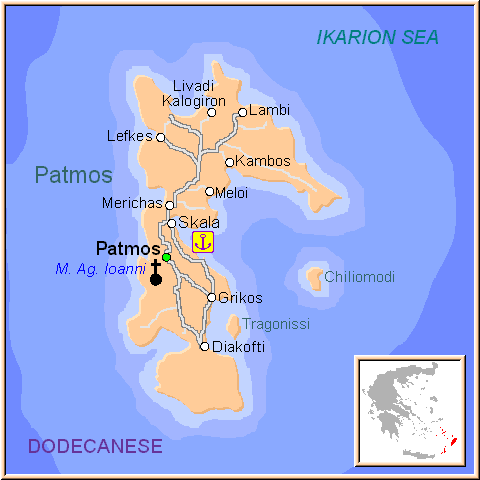The Jesse Tree
Each day, I will have the Jesse Tree Scripture and activities for that day to do with the family, especially younger children. I will include portions of previous Bible Book Club posts for your own personal enrichment and devotion.
For many days, I
have a link to an audio of me telling the story in a narrative way that might
be enjoyable for you and or your children.
Here is a download of just the Jesse Tree Scripture reading schedule and possible activities for your kids (without the adult devotional):
JESSE TREE (Please remember it is copyrighted)
INTRODUCTION
Through its symbols, the Jesse Tree tells
the story of God’s plan of redemption through the Old and New Testaments. The
symbols unveil the character of God and we understand more clearly Who we
worship and wait for at this Advent time. Each day, the Scripture is read and a
symbol is added to the tree. Suggestions are given for activities that might
help in your enjoyment and understanding. Feel free to improvise and make the
Jesse Tree personal for you. Be sure to start your tree on December 1st so that
you will finish on schedule on the Lord Jesus’ Birthday!! When children are
small, a Beginner’s Illustrated Bible
is good, but there are no stories for Days 5, 13-19, and 21. When children get
older, a Bible Story Book like the Egermeier’s is excellent. Eventually, you can read from a regular Bible.
Here is a little more about the history of the Jesse tree:
In the old days, in the front of any family Bible, a record was kept of that family's history: the marriages, the children born of those marriages, the marriages and offspring of those children. Over the course of generations, those fading, spidery lines spread outwards like branches and twigs from a single trunk. That is why we call such a record a "family tree."
Similarly, there would have been in any number of churches, a "Jesse tree" -- a depiction of Jesus' family tree in wood, or stone, or stained glass (see picture above). Church garments might even have been embroidered with a tree.
Even thousands of years ago, when the stories of the Old Testament were first told, families were pictured as trees branching out from a single trunk.
"A shoot will spring from the stock of Jesse, and from his roots a bud will blossom," said the prophet Isaiah in the Bible (Isaiah 11:1-5), foretelling the birth of Jesus. It is this verse which gave rise to the tradition of Jesse trees in churches.
Jesse trees were the Bible-storybooks of unlettered people. A priest could point to the figures or symbols, and tell the stories of those Old Testament kings, prophets, heroines, warriors. And the tree itself served to show how the New Testament grew out of the Old Testament; how, for Christians, the birth of Jesus was not just a beginning, but a completion. He was the flowering of a tree planted long before, by God's own design. By tracing his earthly ancestry back to King David and beyond, it was easy, too, to see Jesus as a real historical figure.
A Jesse Tree my friend made with painted metal ornaments
That forest of ancient Jesse trees fashioned in the Middle Ages is long gone. Puritan vandals of the seventeenth century, in their attempt to destroy "graven images," smashed the heads from saints, the wings from angels, the figures from Jesse trees. No tree survives undamaged.
But in recent times, a new tradition has grown up -- a new strain of Jesse tree "grown" at home. Still planted for the sake of its stories, symbols are added day by day during the season of Advent, and day by day the old stories are retold, culminating in the stories of the first Christmas. ("Introduction," The Jesse Tree by Geraldine McCaughrean)






